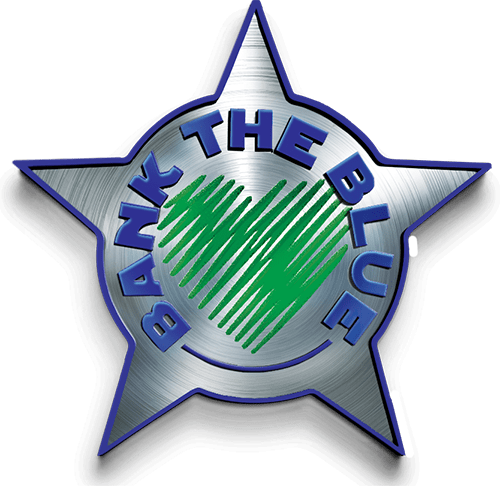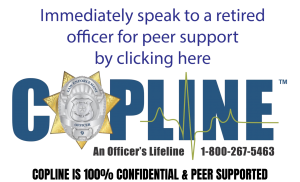Due to the occupational stressors in police work – which range from physical to psychological threats – being a police officer is an inherently stressful job. Over years of service, officers must make countless judgment calls in volatile, high-pressure situations involving risk and trauma. The stress of working long and irregular hours in a dangerous role with consistent exposure to traumatic incidents can result in a number of physical and mental health issues for officers, including post-traumatic stress disorder (PTSD). The past couple of years have placed an even more tremendous strain on law enforcement officers in Illinois and across the country. Despite all we know about effective treatment methods for PTSD, it remains common among police officers and continues to take its toll on their lives and those of their families and fellow officers. Over the past months alone, three Chicago Police Department officers have died by suicide, highlighting an ongoing mental health crisis among our officers.
What is PTSD?
Post-Traumatic Stress Disorder (PTSD) is a serious mental health condition which is triggered by exposure to a traumatic event or situation. Individuals with PTSD have intense, disturbing thoughts and emotions related to their experience that last long after the traumatic event has ended. Law enforcement is considered one of the occupations at greatest risk for the development of PTSD, since officers are repeatedly placed in high stress and high-risk situations involving conflict, trauma, and death. Although it is impossible to definitively understand the true scope of the problem, it is estimated that approximately 35 percent of all officers in the U.S. suffer from PTSD.
Causes of PTSD in Law Enforcement Officers
Officer-involved shootings, domestic abuse scenarios, hostage situations, and witnessing the aftermath of homicides, rapes, and accidents are among the many types of traumatic experiences that can leave an officer vulnerable to PTSD. However, there are many circumstances that may be far less traumatic in nature but still intensely stressful for a police officer. Such situations include working lengthy and irregular hours without breaks or days off, dealing with consistently hostile encounters with the public, the unpredictability of any given call, and even department politics. Cumulative PTSD Among Police Officers
Cumulative PTSD Among Police Officers
Although many people may correlate PTSD with one-time, large-scale events, it’s important to understand that this represents only one facet of PTSD (namely, Single-Episode PTSD). For many police officers, PTSD manifests over time as the result of multiple stress-related experiences – a condition known as Cumulative PTSD. This is a particularly dangerous form of the disorder because it gradually builds over time, making symptoms more difficult to detect and easier to ignore by the officer and their support structure. When a catastrophic incident occurs – such as an officer-involved shooting – some departments have policies and professionals that can help an officer address and deal with the aftermath of the event. However, the gradual build-up of lesser traumas experienced throughout an officer’s career will not generally warrant the same specialized attention. Because of this, an officer suffering from Cumulative PTSD is far less likely to receive treatment. Identifying the early symptoms of both Single-Episode and Cumulative PTSD is essential to an officer’s physical and mental wellbeing.
Identifying Signs of PTSD
If recognized early and properly addressed, officers and their families can overcome the debilitating consequences of PTSD. The key to early intervention and treatment is understanding and recognizing the signs of PTSD and seeking help as soon as possible. Single-Episode and Cumulative PTSD share many of the same signs.
Physical signs of PTSD may include:
- Fatigue
- Insomnia and/or nightmares
- Teeth grinding
- Profuse sweating
- Frequent headaches
- Intestinal upsets
- Muscle tension and twitches
- Increased blood pressure and heart rate
- Joint pain
Behavioral signs of PTSD may include:
- Withdrawal from family and friends
- Hypervigilance
- Angry or emotional outbursts and behavior
- Pacing and restlessness
- Suspicion and paranoia
- Self-destructive behavior
- Increased and/or excessive alcohol consumption
- Substance abuse
- Inability to “switch off”
- Disinterest or apathy
- Difficulty concentrating
- Overwhelming guilt or shame
The potential long-term effects of PTSD in police officers include substance abuse, aggression, and suicide.
If you are a police officer who is struggling, you are never alone.
- Call 1-800-COPLINE to access a 24-hour hotline answered by retired police officers vetted and trained in active listener support. All calls are strictly confidential.
- Request an appointment with a certified clinician specializing in trauma treatment for first responders.
Bank The Blue safeguards all officers’ privacy and confidentiality at all times.


